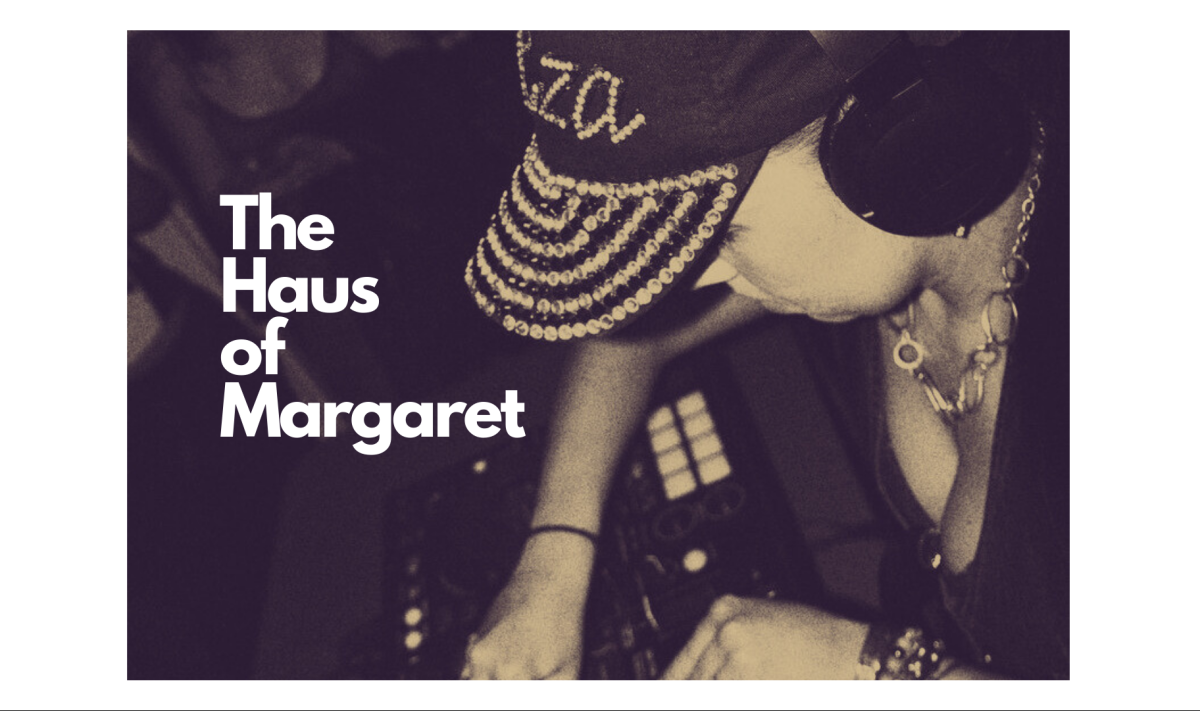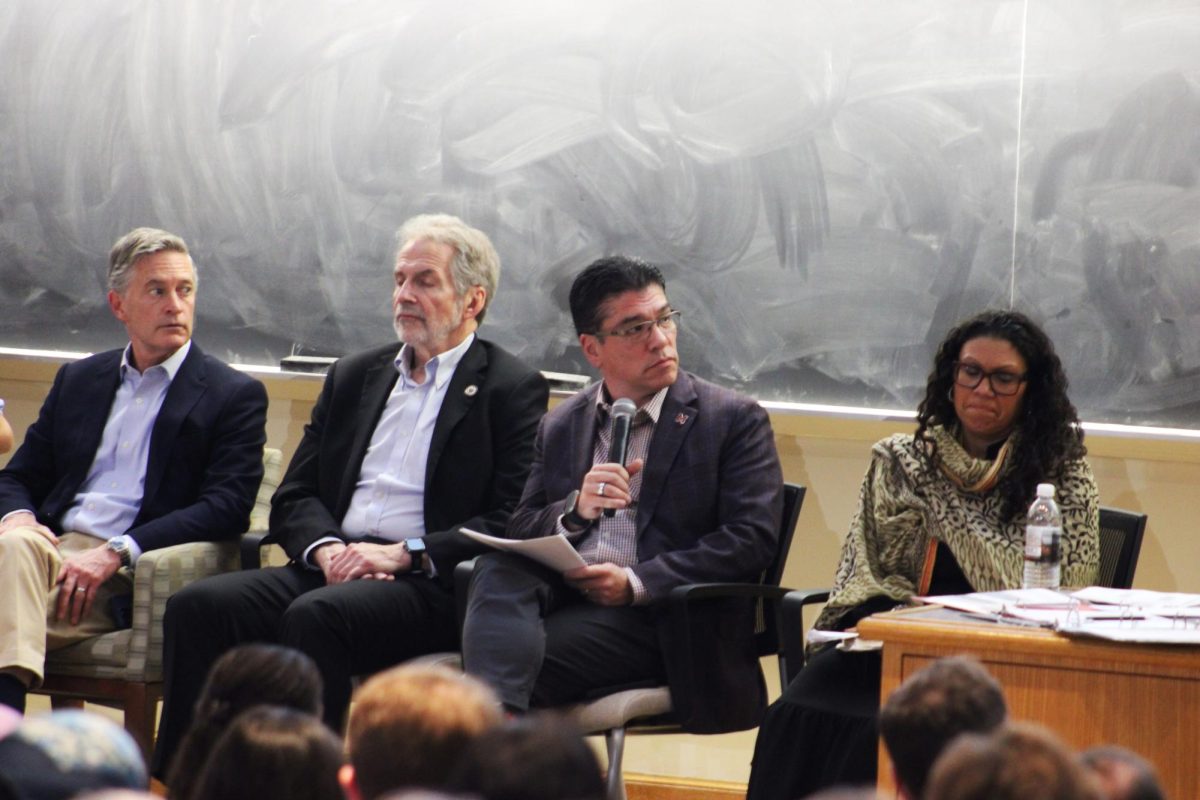
As of February 24th, Facebook users have five options in addition to liking posts. By hovering the mouse over the “like” button, users can now choose between “love,” “wow,” “haha,” “sad” or “angry.” Facebook is calling these new buttons “Reactions.”
Back in September of 2015, Facebook was toying with the idea of a dislike button – more broadly, an extension to the like button. The thumbs up symbol has become a valued socializing tool on the platform, as if it were a form of currency. In an article for BBC, Rory Cellan-Jones explains that “likes” have become more mundane over the years since their 2009 inception. Their monopoly over user options has reduced their importance and impact.
The push for an option beyond the like button stemmed from users hesitations to show support and solidarity for a post about loss or suffering by liking it. Facebook opted away from a dislike button due to anticipation of looming negativity. Instead, Reactions present users with options that account for the nuances of emotion between the polarities of liking and disliking.
Geoff Teehan, a design director at Facebook, explains, in an article for wired.com that the main requirements were for Reactions to have universal understanding and expressivity. The “yay” reaction was removed because of deficiency for universality. The simple solution to this could have been for each Reaction to exist only in their word form without an accompanying emoji.
Yet Facebook didn’t seem to anticipate problems with assigning these controversial characters the grand task of Reactions. The question remains, has Facebook chosen enough options that encompass what their approximately 1.6 billion users could want in terms of expressivity?
Emoji have already emigrated to Facebook’s comments just as they have successfully infiltrated most communication platforms. Currently, there are 1,620 emoji supported by iOS 9.1 and even more potential candidates for 2016. The characters have attempted inclusiveness, be that accurate portrayals of people’s ethnicity’s, race, religion, sexual orientation, or the desire for an avocado emoji, yet it seems as though emoji have entered an “If You Give a Mouse a Cookie” complex.
Facebook may find itself regretting this approach because more users could want more ways to express themselves. If people insisted on an avocado emoji for so long, who’s to say the same won’t occur for Facebook users requesting a “silly” or “confused” reaction?
Sammi Krug, Facebook’s product manager, explains in a Time article that the company has been conducting global research for over a year. They have analyzed how Facebook users were commenting on posts and what the most frequently used emoji were.
“We understand this is a big change and want to be thoughtful about rolling this out,” Krug said.
This highlights one of the biggest paradoxes of social media: the years of meticulous planning and strategizing by employees on options that will take milliseconds for users to deploy. “Simon Calvert, head of strategy at the marketing agency Lida, says, ‘Emotions travel five times faster than emotional thought.’” This intrinsic quality of human nature is compatible with the swiftness of social networks.
Reactions may have the ability to make users more intentional with their actions on Facebook. The amount of time it takes to pick a reaction doesn’t ensure its validity but Reactions could reduce the rapid finger jerking on a mobile screen down to a drawn-out drag or conversely, make scrolling on Facebook an even quicker process.
UMass junior Caralyn Glatt finds the buttons lend themselves to the latter. When scrolling through a newsfeed, people can view a more holistic sense of others reactions to posts.
Glatt ultimately views the new buttons as compromises. She would rather Facebook simply provided a dislike button. She does acknowledge the wider range of emotion but personally won’t be using the Reactions.
“Obviously some people like it because it is the new fun thing to do on Facebook,” Glatt says.
(Insert “haha” reaction.)
UMass sophomore Maria Mazzu disapproves of a dislike button but thinks that these buttons have potential to create cyber turmoil. She finds the Reactions contribute to the negativity already present in the social network atmosphere.
“It is just another way for people to air their dirty laundry and there is already enough of that on Facebook,” Mazzu says.
(Insert “sad” reaction.)
The Reactions appear to be innocuous developments by Facebook but are also deceptive strategies for placing constraints on expression. This is not a new tactic used by the social networking site. For instance, following the attacks on Paris, Facebook came out with profile filters to support the country. While this solidarity was great, there were no profile filters to support Beirut or Kenya, countries that had also faced tragedies.
In an article for Bloomberg Business, Sarah Frier profiles Facebook’s Chief Product Officer Chris Cox. Frier describes Cox as “the closest thing Internet users have to an editor-in-chief of their digital life.”
Cox therefore holds significant authority in his position, which requires him to make educated assumptions of user opinions on new developments on Facebook. In this case, he is examining user’s reactions to Reactions. Frier explains that his aspirations for the social network – which he refers to as a medium – will further personalize Facebook.
This will certainly give Cox and his team a lot more information to throw into the newsfeed algorithm, thereby making the content more relevant to users and, of course, to advertisers.
Will Oremus of Slate echoes this by saying, “No longer just a way to keep in touch with friends, Facebook had become, in effect, the global newspaper of the 21st century.”
In his article, Oremus explains how Facebook subsists off of algorithms. There are several versions operating simultaneously on the social network platform. They measure the amount of likes, comments, shares, and now the different Reactions used on each post a user encounters in their newsfeed. Through a complex system of ranking and separating, data-driven decisions are made for the benefit of the advertiser, not the user.
Nick Oliver is quoted by Cellan-Jones saying, “From the consumer point of view, they are now giving up their emotional data for advertisers to use and manipulate… The demand for a price of people’s attention is getting higher.”
The fact that Facebook is largely ineffective with ad blockers makes its territory even more sought after for advertisers. Frier shares that Facebook users click the like button more than six billion times a day, making it one of the highest traffic zones of circulating media content. In addition to the 1.6 billion users, Facebook also has over 50 million pages dedicated to small businesses.
Of course, advertisers still need to find efficient ways of condensing, categorizing and analyzing the data collected. This operates on the assumption that people will honestly use the Reactions for their intended meaning. Expressing emotion is not foreign on social media but adjusting to varied options of how to do so is. And people also use Facebook in different ways.
This advertising hub is camouflaged as a social media network. Pressing the “haha” button to Auntie Sue’s post is being collected and analyzed. Cellan-Jones implies that these Reactions are not tools to increase users’ agency, but rather they are tools that allow advertisers access to even more sets of data than before.
In an article for The Guardian from September 2015, Alex Hern explains that the average Facebook user generates $12.76. This amount is projected to be $17.50 in 2017. Why then is Facebook CEO Mark Zuckerberg releasing the reaction buttons to America as a priority? Because an American will earn the site $48.76 this year, and someone outside of the U.S. will earn Facebook only $7.71.
Facebook generates this revenue from the adverts shown on the site and the advertisers paying to display their products. Hern says, “The more information the site has on a specific user, the more valuable the ad space on their screen.”
Facebook described their goal for Reactions as a universal vocabulary that lets people express emotion as they scroll through their feed. But the social network isn’t trying to give users more autonomy, they are trying to make it easier to collect data.
(Insert “angry” reaction.)
Erica Garnett can be reached at [email protected] and followed on Twitter @GarnettErica.



















Aly Chiman • Nov 6, 2016 at 8:48 am
While Facebook may not have confirmed it yet, there are strong indications that they are developing a “Want” button that could be as useful to brands and retailers as the monumentally popular “Like” button.
It’s impossible to understate the popularity of Facebook’s “Like”. Its implementation on news sites, online retailers and individual blogs is more widespread than any other sharing button. Given the button’s popularity, brands fight tooth and nail to acquire likes for their brand page as well as their individual status updates and posts.
However, while “likes” are the most numerous and widespread indication of online approval, they can also be vague in some contexts. Does a “like” mean that the user just likes the brand, or the product/news/etc that they are sharing? Does a “like” mean that they would purchase the product being offered? Does the user only like a part of an announcement? The various interpretations of a “like” mean that their value as an indicator of online consumer habits is marginalised.
This is where a “want” button could prove to be extremely valuable for advertisers and online retailers. It is far more specific as it shows what a user actively wants to acquire. This should make “wants” a much more useful indicator for measuring ROI for social media marketing – which has never been an easy prospect.
F-commerce may not have lived up to its original expectations, with many larger brands cutting back or even abandoning their Facebook shops entirely, but the “want” button could see them coming back for another try. Additionally, smaller businesses and brands who haven’t tried the sales platform before could be encouraged to experiment with it, to see the effect of acquiring “wants” for their services and products.
With a solid Facebook strategy, brands could leverage the value of the direct, specific and easily interpretable friendship referrals that a Facebook “want” would provide. When someone clicks “want” on a new pizza creation from Dominos, or the latest outfit from GAP, it means that they want to buy it – there is nothing to misinterpret there! This should provide extremely valuable data and a powerful advertising tool in its own right.